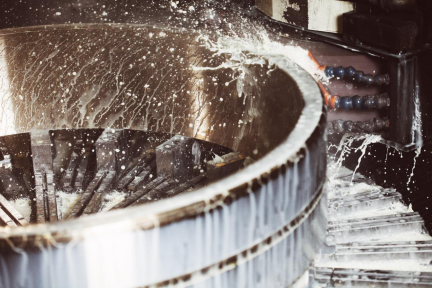
The Challenge of Assessing Product Cleanliness
The seemingly simple question “How clean is my product?” often requires complex testing procedures and a deep understanding of cleaning processes, material properties, and regulatory requirements. Achieving absolute cleanliness in devices or packaging is virtually impossible and often not cost-effective. However, determining acceptable contaminant levels is crucial for regulatory compliance and consumer safety, especially in food and medical applications.
Critical Factors in Cleanliness Assessment
When evaluating product cleanliness, several key elements must be considered:
- End use application
- Potential residues and their acceptable concentrations
- Possible degradation products
- Storage conditions
- Available methods for determination of residues, and their respective detection limits
- Sampling statistics
- Design restrictions (potential blind holes and locations where residues may not be easily accessed)
For medical devices, it’s particularly important to not only identify potential residues but also develop a logical rationale for defining acceptance criteria beforehand.
Cleanliness Testing Methods
A range of sophisticated analytical techniques are employed for cleanliness assessment and validation:
- Total Organic Carbon (TOC) Analysis
- Chromatography-Mass Spectrometry: GC/MS, LC/MS
- Microscopy: SEM-EDS (Scanning Electron Microscopy with Energy Dispersive X-ray Spectroscopy)
- Spectroscopy: FTIR (Fourier-Transform Infrared Spectroscopy)
- Elemental Analysis: ICP (Inductively Coupled Plasma), IC (Ion Chromatography)
CPG has extensive experience in determining the most relevant tests for elucidation of levels of contaminants, and the levels that are reasonable in a particular application.
Industry Standards and Practices
We can assist clients with the following tests for cleanliness assessment and validation:
- ASTM F2847 Standard Practice for Reporting and Assessment of Residues on Single Use Implants
- ASTM F2459 Standard Test Method for Extracting Residue from Metallic Medical Components and Quantifying via Gravimetric Analysis
- ASTM F3127 Standard Guide for Validating Cleaning Processes Used During the Manufacture of Medical Devices
Through our work with ASTM, we are involved in developing standards for cleanliness assessment of medical implants, cleanliness validation, and design of components for easy cleaning.
Beyond Surface Cleanliness
Cleanliness testing extends beyond surface contaminants. Understanding polymer and packaging additives is crucial, as these can potentially become leachable species or sources of residues. This knowledge is particularly important for materials in contact with food.
Why Choose CPG for Your Cleaning Assessment and Validation?
Cleanliness testing in medical and food applications is a complex but essential process. It requires a multifaceted approach combining various analytical methods, industry standards, and a thorough understanding of materials science. By employing these comprehensive testing strategies, manufacturers can ensure product safety, regulatory compliance, and maintain consumer trust.
Through our fundamental chemistry expertise we also have a strong understand of polymer and packaging additives that may become a leachable species or another potential source of residues.
Please contact us if you require further information.
